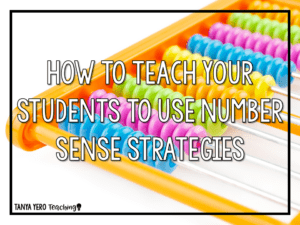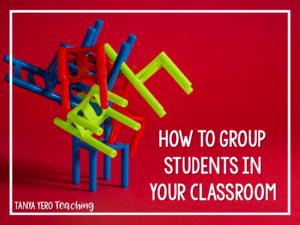A guest blog series by Stephanie George
My home school journey began quite accidentally. When my oldest son was four years old, he taught himself to read. It began with me drawing a colored line through the Color by Number book while I was cooking dinner. I also had a two and a half year old and a baby at the time, so distraction while cooking was paramount. The fourth time I went to draw a line through the number with a crayon, he said, “No, mommy, I can read it myself.” And he could! So, I began to think that I should really teach him to read.
Teaching my children at home had never really occurred to me as I had been a certified teacher when I was working. But, the more I thought about sending my five year old son away for eight hours every day, the more I was thinking it was not going to happen. By that time he could read, write, add and subtract and I wondered what he would learn in kindergarten that he didn’t already know? So, I set out to learn all I could about teaching my children at home.
Here are some important lessons I learned along the way:
Be Committed
Just like you were serious and committed to your job when you were working, teaching your children well is now your job. That means that you are prepared when it is time to teach. Teaching at home requires preparation beforehand to be successful when it is school time. Familiarize yourself with the lessons you will teach so that you are not stumbling along. Make sure that you can actually work all of the math problems 😊
Be Organized
Have all of the lessons for the day ready to go when school time begins. Mark a sheet with page numbers and concepts that you need to teach before your child gets to work. Plan to look over and grade the work from the day that afternoon.
Home school requires keeping records of the subjects that you teach, as well as which pages were taught on each day. Some states require standardized testing each year, others only require a letter stating that you completed your year of instruction. Every state is different, so you will need to know how detailed your records and testing need to be.
Plan your housework along with the school day. Every morning before breakfast I began a load of laundry and as breakfast was done, I put it in the dryer (and often started another load). When my children were working independently or reading aloud, I would fold it. I found that if I planned my day, it ran more smoothly and with less stress.
Expect Opposition
Just like any thought or activity that goes against the norm, expect people (even family members) to question your ability, curriculum and your child’s learning. However, if you truly believe that this is what your family should be doing, then remain committed to your goals. Don’t be argumentative, but instead let the results speak for themselves. When your children are happy and articulate, that is all the proof you need that you are on the right track.
I know that teaching at home is not for everyone, just like the same diet is not for all weight loss. However, having taught in public school for several years, I do know that what they are doing is not perfect, and much of how they approach teaching is broken. We pay so much tax money for our children to go to school, and yet, they come home frustrated and discouraged.
Teaching at home is the ultimate Individualized Education Plan (IEP) because you will have no doubt about where your child is strong and where she is weak, so that you can reinforce the weak areas and skip ahead in the strong areas.
Finally, be prepared to make mistakes and learn from them. Don’t be afraid to shift gears if you need to. Understand that the phonics program you used with your first child may not work with the second. There is much trial and error as you teach at home, but there is also significantly less wasted time. Seek help and wisdom from people who have older children they are teaching; ask them what strategies and subjects worked for them. The best way to approach home school is to be a continual learner yourself—let your children see you learning new things and the excitement that comes with that will transfer to them!
In the next three articles, I’ll talk to you about how to set up a curriculum, how to organize your day and how to make outside connections!






